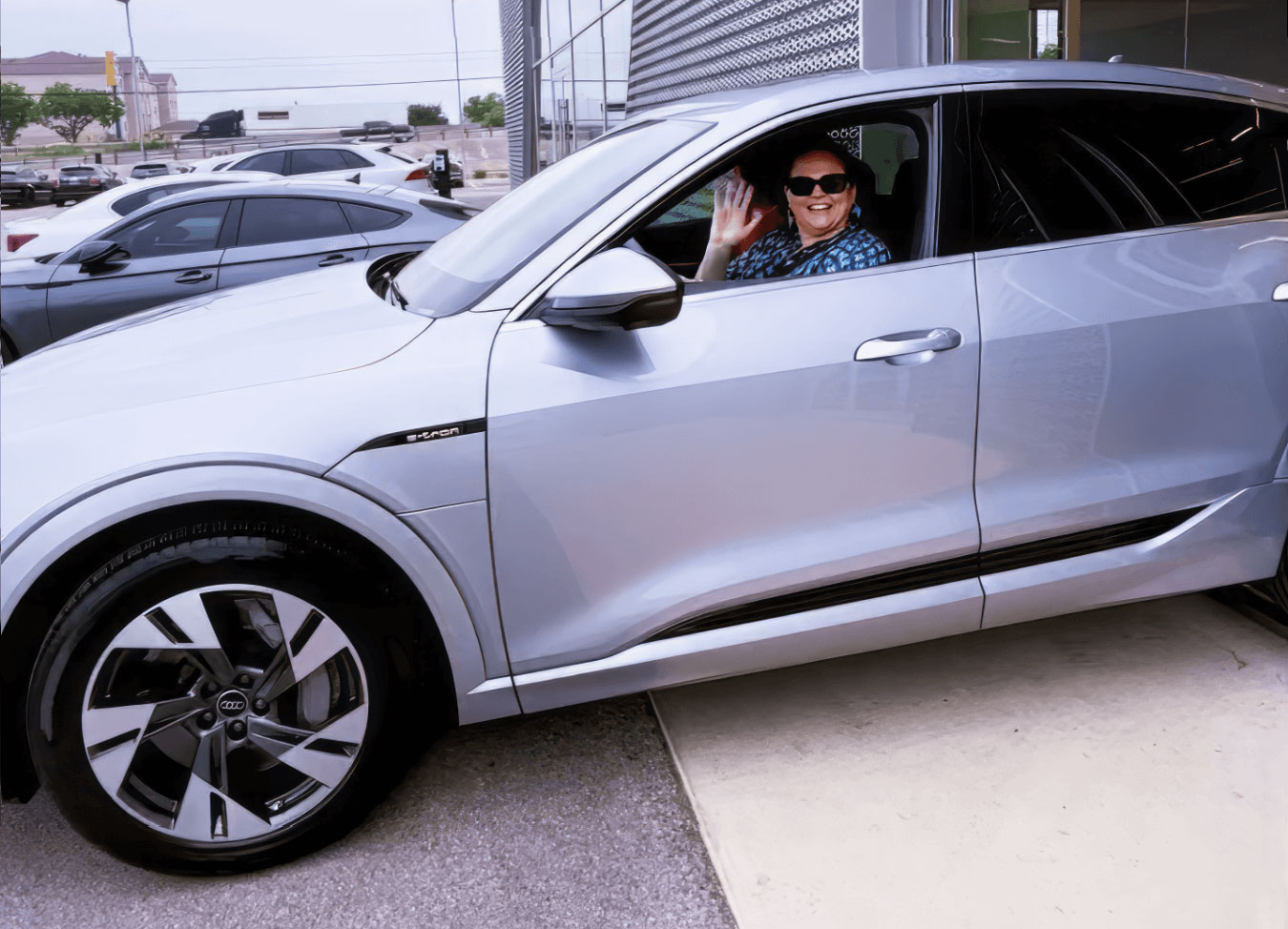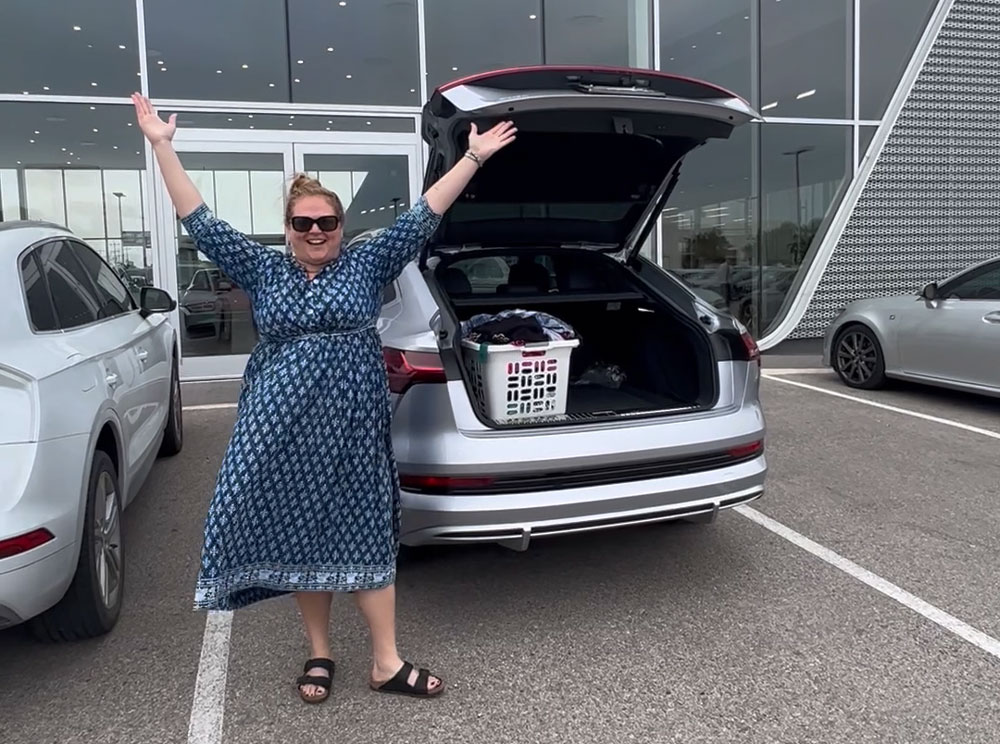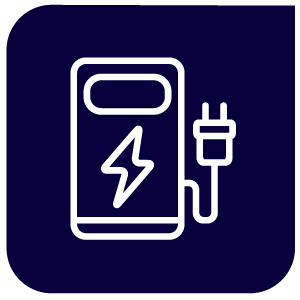
Actually, I don’t play one on TV either, but I’m at a point in my career where I need to understand the nuisances of the e-mobility experience. That’s right, the e-mobility experience. E-mobility is short for electromobility, which includes any type of transportation—cars, bikes, buses, boats, etc.—that’s partially or fully powered by electricity. Whether you’re traveling by land, sea, or air, e-mobility transportation draws its power from the electric grid and stores it onboard as an energy resource.
As the Marketing and Education senior leader at PDI, I’m ingrained in the convenience ecosystem with fuel retailers of all sizes, the logistics providers and wholesalers who support them, popular CPG brands, and many other stakeholders.
A big part of my job is to anticipate (and champion) how the convenience industry will evolve and facilitate the energy transition—noting that fuel dispensers and EV chargers will coexist for the foreseeable future. As a hands-on learner, I recently purchased my first electric vehicle (EV) to get a real firsthand experience with e-mobility.
Before we dive in, I’d like to preface this entire experiment with the fact that I’m not a car aficionado. I’m pragmatic in that I learn the least amount of information possible to operate safely when driving. And I’m not easily impressed by vehicles (I was recently with a friend in their “fancy” car, but I didn’t even realize just how unique the car was until a complete stranger bumped me out of the way to take a selfie with said car).
While I know quite a bit about the data regarding e-mobility growth and how the convenience industry is evolving to support EV and alternative fuels, I wasn’t overly interested in expediting my own personal EV adventure. But then my family’s car lease ran out, and it turns out I’m married to a tree-hugging hippie.
Like me, you might not be a car person. But maybe like my husband, you care about reducing your carbon footprint. No matter your personal point of view, it’s likely that you have some level of curiosity around how our society will get from Point A to Point B in the energy transition. And the latest statistics surrounding sustainability and EV reflect that interest:
- 75% of consumers would fill up at a gas station that offers carbon offsetting (PDI Technologies)
- Annual EV sales in the US are on track to surpass one million for the first time (Cox Automotive)
- China and Europe are the largest EV markets: 60% of global electric car sales occur in China, and more than one in every five cars sold in Europe in 2022 was electric, thanks in part to European Union legislation regarding new CO2 standards (International Energy Agency)
- 70% of US consumers are considering buying or leasing, or already have, an EV (PDI Technologies)
This blog post is just the first in a series where I’ll reveal what I’m learning about the energy transition and my own personal EV journey. From what you need to know before buying an EV to planning your first road trip and more, I’m excited to share my story. If there’s a topic you’d like me to cover or an experience you’d like to share, please email me. I can’t wait for you to join me on this ride.
Read other posts in this series:
- Before You Buy an EV: The Research I Should Have Done
- Learning about Your New EV While Trying to Not Feel Stupid
- How I Ended Up Charging My EV on My Chicken Coop
- What I Learned from Having to Charge My EV on My Chicken Coop
E-mobily yours,
Bethany

My new EV officially became mine when I transferred the basket of dry cleaning that perpetually rides around with me from the legacy vehicle.
EV and Convenience

Learn more about EV and convenience with new resources in the EV Hub.







